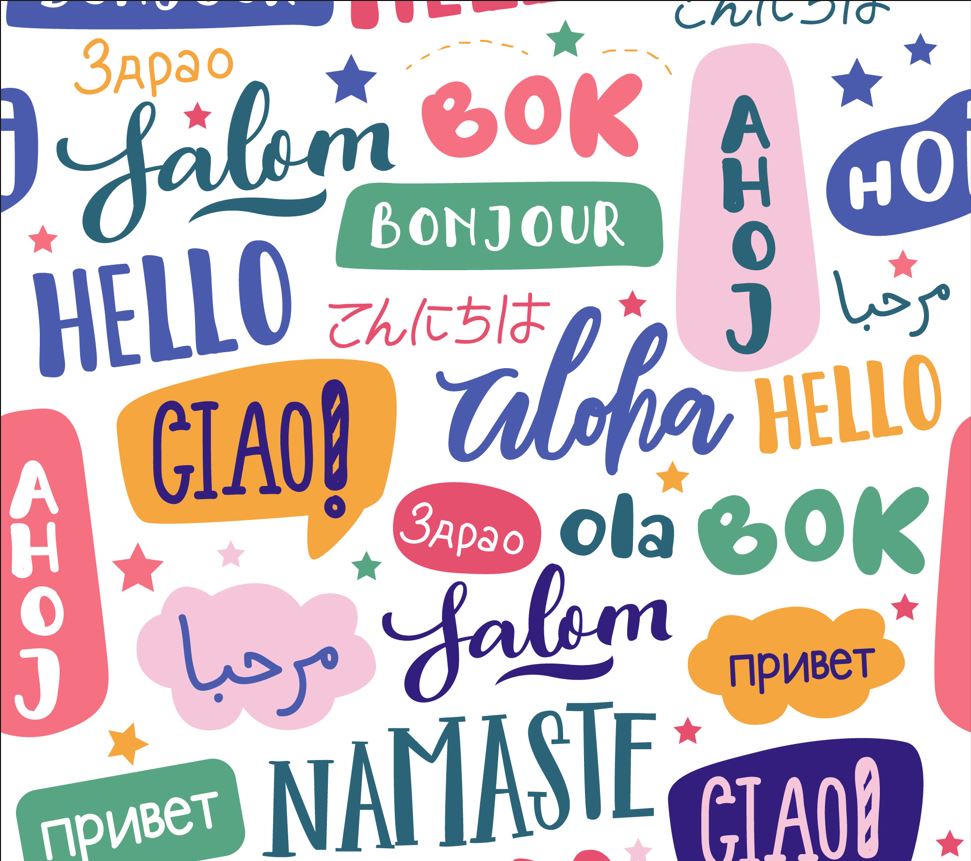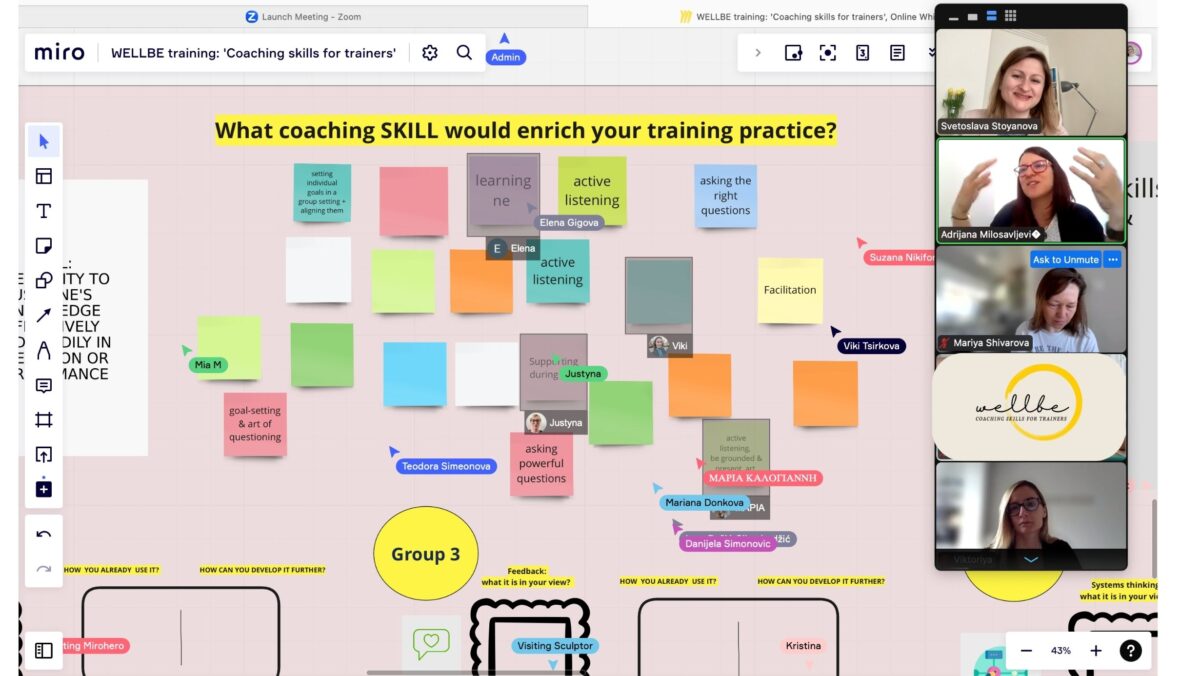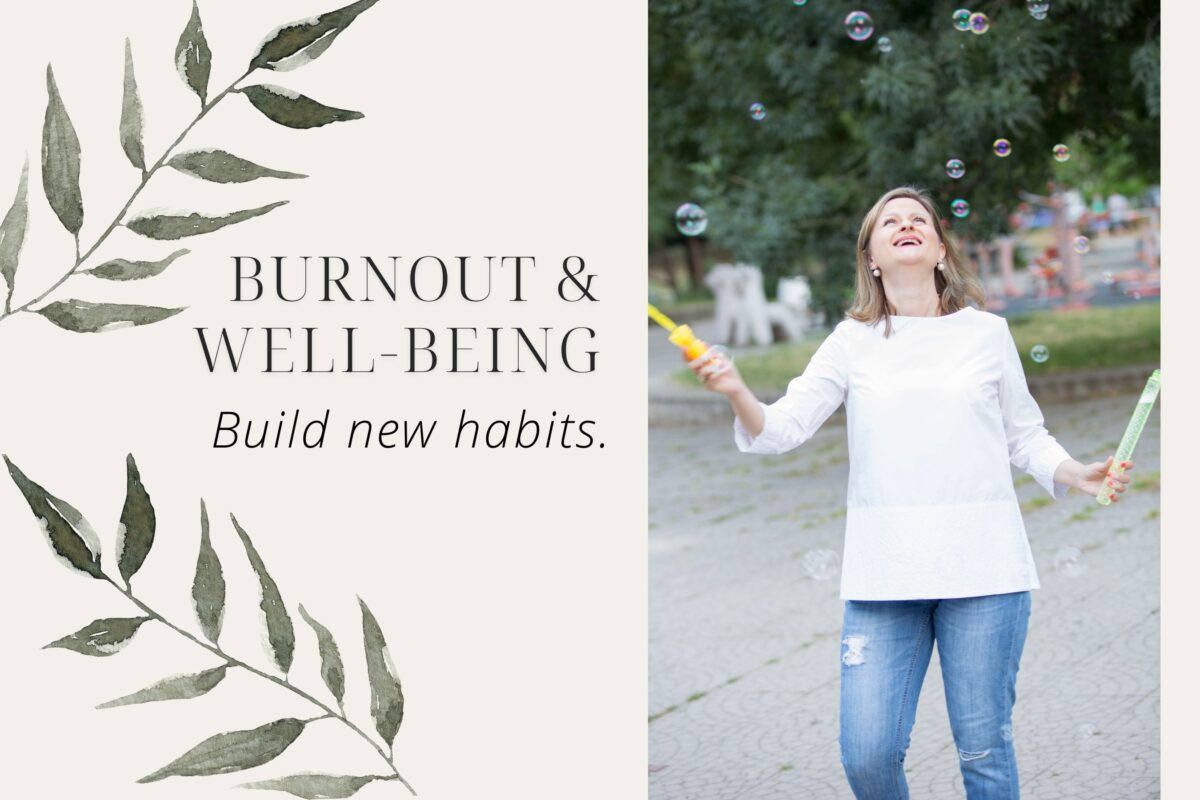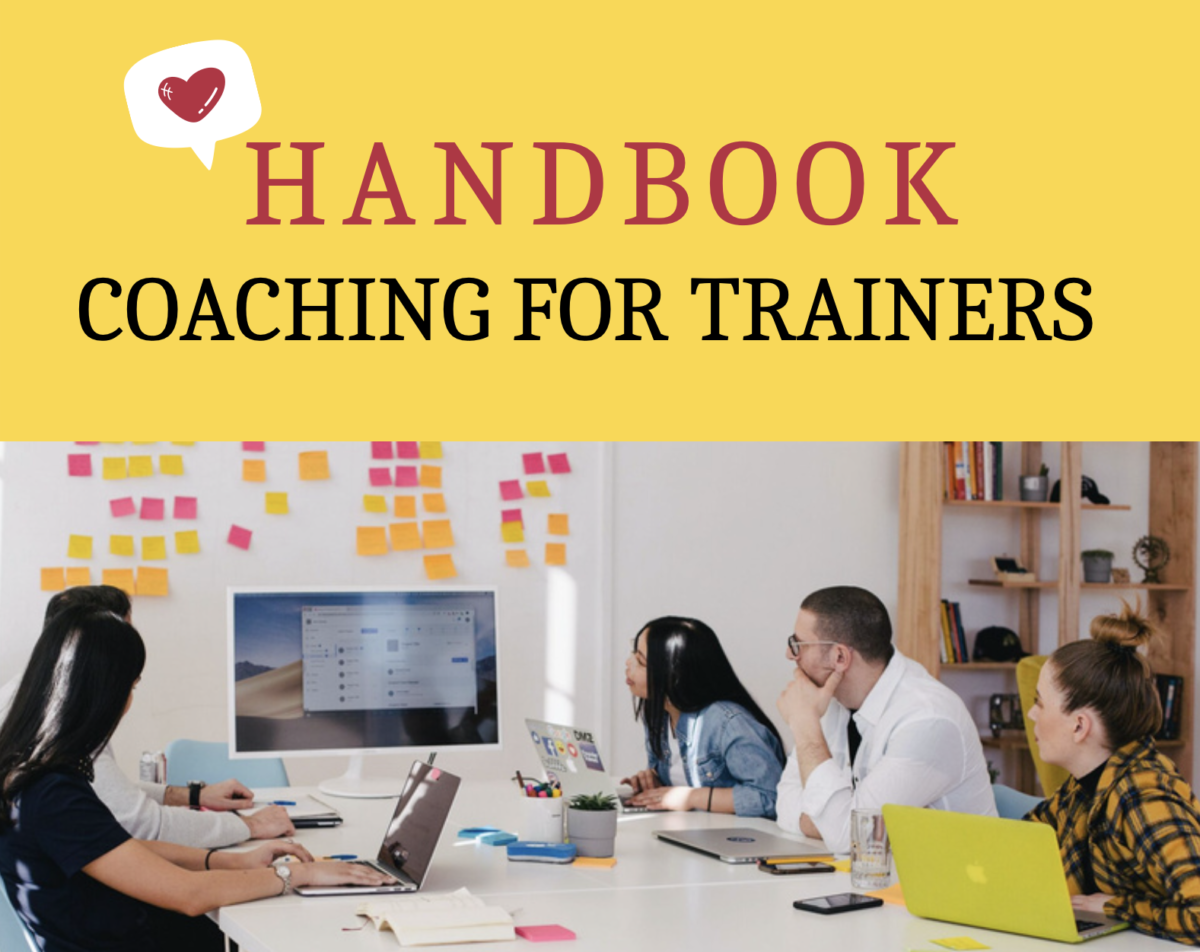As one of the participants of the Wellbe training program – Coaching skills in Practice, I was eagerly looking forward to group sessions with colleagues, hoping to exchange ideas, broaden my horizons and learn a bit more about coaching.

Instead…
I got much more than that.
What sparked the idea for this article?
The first group session was still in progress when I realized that this exchange among us could lead to a complete transformation of the way I perceived my work. I believed I had been using coaching to an extent before – now I realize the coaching process has many layers attached to it and I have barely scratched the surface.
During our first session, one participant commented how pleasurable it was to speak in Serbian and how much freedom it gave them to express their thoughts without language constraints. A discussion ensued regarding this topic and I recalled having read the research which dealt with different personalities of people using different languages. Not only was it visible in everyday practice, but it was also highlighted during coaching, which involved, among other things, evoking certain memories and thinking about certain practices and beliefs we all have. This is by no means easy when conducted in our own mother tongue, let alone in a foreign language. This spark we produced was more than enough to lead to further research and the desire to dig deeper and see how this can be used in my future practice, once coaching becomes an integral part of it.
How confident we can seem when speaking in different languages – my own experience
Not so long ago, I was teaching an English class, B2 level. Since day one we had been using English as our primary means of communication, but that particular day, one student walked into the classroom and gave us some very good news – in Serbian.
We all instantly shifted to Serbian, pouring congratulations in her direction, and a short conversation about the event ensued. At the end of the class, the girl told me: Teacher, I must say I didn’t quite recognize you when you started speaking in Serbian – it was so weird! You were so quiet and shy!
This particular situation is one out of many that prompted me to think about who I really am when I speak English. Most people lack confidence when learning a foreign language – they are open and communicative in their mother tongue. With me, it would seem that the confidence I do not have as a Serb somehow appeared when I was in my English persona. Which, of course, made me think – do we have a different persona within us when adopting the role of a non-native language speaker?
In search for a scientific background…
To delve into this issue further, I found an article named Do bilinguals have two personalities? A particular case of cultural frame switching. To get the terms right, cultural frame switching is the process where bicultural or multicultural individuals change their perspective of the world depending on the language they are using[1]. Another term we need to adopt is code-switching, which refers to the process of using foreign words within one utterance, be it a phrase, a sentence, or a number of sentences. Finally, the term we need the most is cultural accommodation, which means that bilinguals respond to a particular situation in a manner that favours the culture of the language they are using[2].
Whether we aim for it or not, when acquiring a new language, we acquire a whole new set of beliefs, values, and understandings. In order to learn English, for instance, one is exposed to photos and videos presenting British and American landmarks, depicting their customs, presenting their restaurants and bars, and describing people’s fashion choices, attitudes, and lifestyles. When we progress further and reach higher levels, we watch TED Talks which give us a glimpse into their specific way of thinking. With C1, we are able to read authentic news and unabridged books, to work for international companies that share these values, and with C2, we officially reach the status of a ‘near-native speaker’. One can argue that being a near-native means adopting not only the language itself but the whole aforementioned set of beliefs and cultural perceptions.
What makes a difference?
The article about bilinguals is firm regarding this point – they have approached only bilinguals with a ‘very high standard of bilingual proficiency’, which means that they can switch freely between two languages without too much thinking. If I compare this with my lower-level students, it certainly makes sense, since their lack of confidence when speaking a foreign language comes from two sources: their uncertainty about the grammar and vocabulary they should be using and the fear of making mistakes that are firmly ingrained in our culture.
To prove this point, I have recently held a workshop for my Serbian colleagues about strategic planning for language schools. The workshop was quite successful, but I felt the presentation lacked confidence since I have been reading in English for years now and I believe I lost some of that eloquence I used to have in Serbian. However, it wasn’t until I was invited by my Canadian colleague to do the same presentation that I realized it felt far more natural to present these findings in English. The reasons are manifold: most of the videos I watch about success, personal and business growth are in English. The books I read about the topic are also written in English, so I instantly associate business success with this language. The vocabulary we use, such as the top-down approach, has not been adequately translated, which meant that my Serbian presentation also had an occasional English word (the proper case of code-switching). In addition, the fact that I used ‘the language of success’, as I perceive it, made me more confident, and more eloquent and contributed to a better understanding of the key points I wished to impart.
The research conducted on the topic is still inconclusive since there are many factors that can interfere with the final results – the personality of the speakers, the environment in which they grew up, their relationship with their parents, friends, teachers, or other non-native speakers, age, the time spent in the foreign country where the language is spoken and so on. It is believed we will need years of research to be able to pinpoint the exact cultural frame-switching moments for a foreign-language speaker. What can be noted with Serbian culture, however, is more frequent code-switching, especially with younger generations and new social media platforms that are being developed, as well as moments of cultural accommodation as more students go abroad for work or travel and more international companies arrive in our country. One can only hope that this process will not be detrimental to our own culture – or any other culture, since inadequate shifts between languages may cause problems in the long run.
Did you ever think of your own personalities in different languages?
What new value will this new knowledge bring to your work?
About the author: Jelena is representing the Serbian partner in the project, Koucing Centar
Connect with her via LinkedIn:
Jelena Ružić Petrović
https://www.linkedin.com/in/jelenaruzicpetrovic/
[1] https://open.maricopa.edu/culturepsychology/chapter/switching/
[2] Do bilinguals have two personalities? A special case of cultural frame switching – Nairán Ramírez-Esparza, Samuel D. Gosling, Verónica Benet-Martínez, Jeffrey P. Potter, James W. Pennebaker. Department of Psychology, The University of Texas, Austin, TX 78712, USA, Available online 21 November 2004









